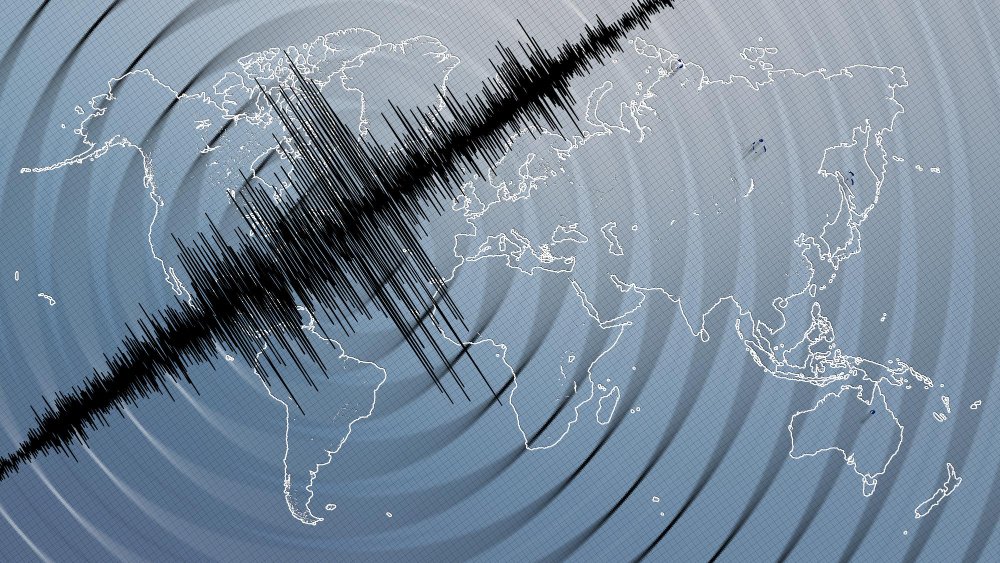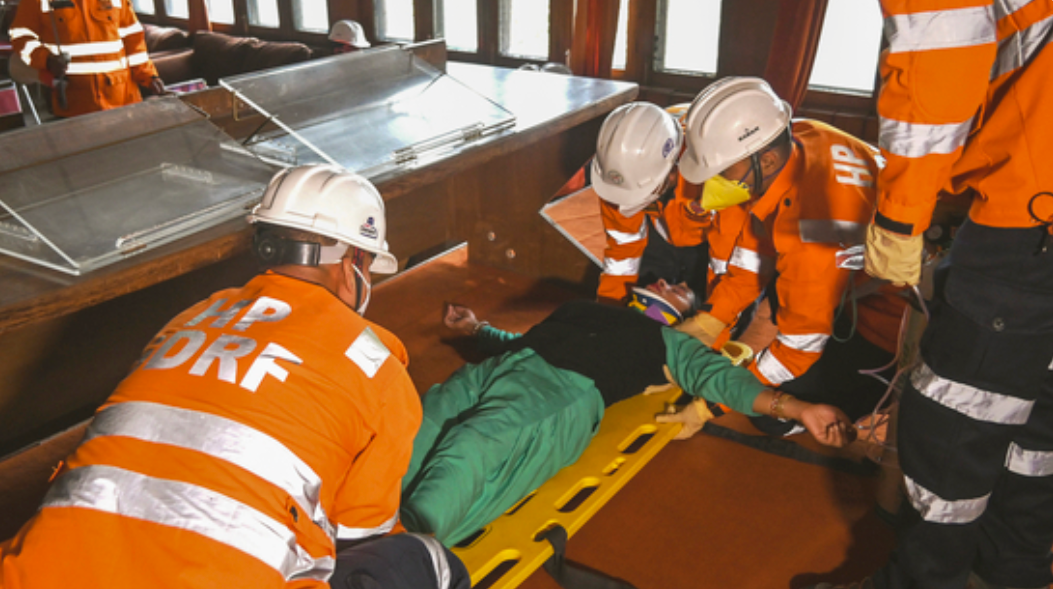Strong earthquake tremors jolted Delhi NCR on Wednesday morning, sending residents rushing out of homes and buildings. The 4.4 magnitude earthquake, with its epicentre in Haryana’s Jhajjar district, occurred at around 9:04 am, according to data from the National Centre for Seismology, reported The Hindu.
The tremors, though brief, were significant enough to be felt across Delhi, Noida, Gurugram, Faridabad, and Ghaziabad, causing momentary panic. Many office-goers, school children, and morning commuters reported the ground shaking beneath their feet, swaying ceiling fans, and vibrating windows. Residents in several high-rises evacuated their buildings as a precautionary measure.
The earthquake’s depth was recorded at 10 kilometres, making the impact more sharply felt despite the moderate magnitude. No casualties or structural damage have been reported so far from Delhi or neighbouring areas.
“This is the strongest tremor I’ve felt in recent months,” said Anjali Gupta, a resident of a high-rise society in Noida Sector 62. “Our chairs started moving and lights began swinging. We immediately stepped out.”
Similar experiences were shared by residents across Gurugram and central Delhi. In several office towers, employees were seen gathering in open spaces, following standard evacuation procedures.
This is not the first time Delhi NCR has experienced seismic activity this year. The region, classified under Seismic Zone IV, is considered a high-damage risk zone due to its proximity to several fault lines and the Himalayan seismic belt. Wednesday’s quake is the latest in a series of tremors that have drawn attention to the capital’s earthquake preparedness — or lack thereof.
Experts have long warned that Delhi’s dense population, combined with aging infrastructure in many parts of the city, could pose serious risks in the event of a stronger quake.
“The Delhi region is seismically active because of multiple fault lines in and around the area. Today’s tremor, though moderate, is a timely reminder that preparedness should not be delayed,” said a senior official from the Geological Survey of India.
The tremors were also felt in parts of western Uttar Pradesh, including Meerut and Shamli, and as far as Rohtak and Panipat in Haryana. The widespread intensity of the quake prompted several state disaster management units to issue advisories.
Following the tremors, the National Disaster Response Force (NDRF) and local authorities urged citizens to remain calm, avoid using elevators, and stay away from loosely hanging objects or glass windows. Delhi Fire Services and local police departments confirmed receiving multiple calls of concern but no emergencies or injuries were reported.
Social media was flooded with first-hand accounts of the tremor. Videos showing ceiling fans swaying, pets reacting nervously, and people standing outside buildings quickly circulated online. Some users described it as “the longest quake they’d ever felt in Delhi”.
Schools and institutions resumed normal functioning within an hour, but the brief disruption again exposed how ill-prepared many buildings are when it comes to seismic events. Experts have emphasized the need for earthquake-resilient infrastructure and regular drills in public buildings, especially in earthquake-prone zones like Delhi NCR.
The Delhi government, in collaboration with the Municipal Corporation and the Public Works Department, has previously undertaken structural audits of government buildings, but similar efforts in private and residential sectors remain sporadic.
“Earthquake drills are practically unheard of in our society,” said Ravi Mehta, an RWAs member in Dwarka. “Today’s tremor might be nature’s way of telling us to take these things more seriously.”
The last notable tremor in the region was in February this year, when a 4.0 magnitude quake with an epicentre near Dhaula Kuan was felt across central and south Delhi. While that incident passed without incident, Wednesday’s stronger quake has once again raised concerns.
As of now, seismic experts have ruled out aftershocks but recommend staying alert. Authorities have advised residents to check emergency exits in their homes and workplaces, secure heavy furniture, and keep essentials like flashlights and first-aid kits accessible.
With Delhi NCR’s earthquake risk firmly in focus once again, both citizens and authorities may need to rethink urban planning, retrofitting of older buildings, and implementing basic disaster preparedness protocols.
Follow us for latest updates:




